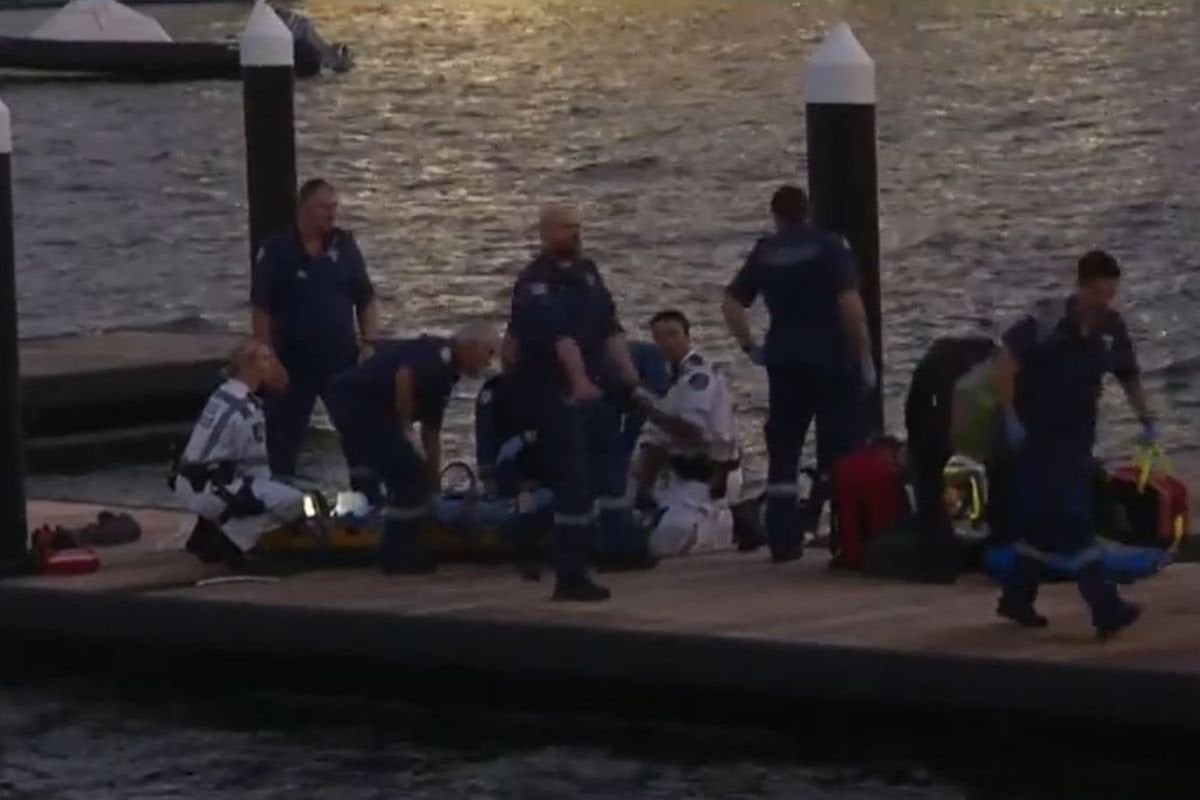
Last night a young woman was attacked by a shark in Sydney Harbour.
Lauren O'Neill was having an evening swim at a private wharf in Elizabeth Bay at about 7.45pm when the suspected bull shark latched onto her leg, leaving her seriously injured.
Paramedics and intensive care paramedics including an ambulance helicopter rushed to the scene to help as the woman suffered extensive blood loss.
A neighbour who happened to be a veterinarian had applied a tourniquet by the time they arrived, but the 29-year-old was rushed to hospital in a critical condition.
Watch a news report on the story below (photo thankfully not included).
Sydneysiders are being warned to stay out of the harbour until further notice as Primary Industries investigates.
All of the above, is relevant and important information to know. When a person is attacked in a public place, it's in the public interest to detail the who, when, where, what.
News is a very visual medium, so imagery is an important part of that.
But there's one image doing the rounds that I can't get out of my brain; an empty wharf covered in human blood.

Top Comments